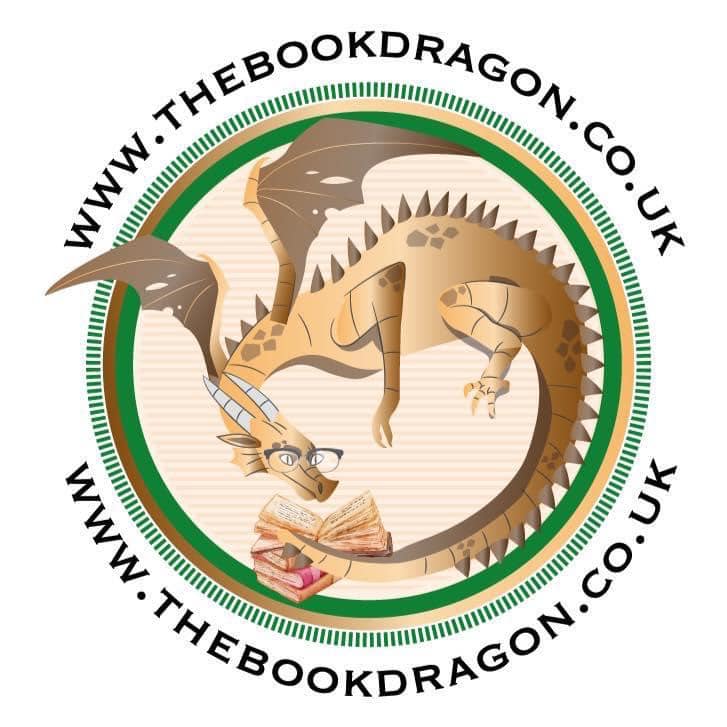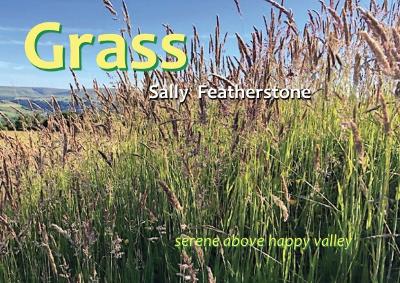Description
From the far islands of Scotland to the clifftops of Cornwall, from the flat meadows of East Anglia to the wet valleys of Wales, ever since people settled to cultivate the land farmers, and their stock have depended on the constantly renewing marvel of grass. Over the years, however, a combination of economic pressures, and in some cases a spectacular lack of awareness, have led to the destruction of many of these habitats. Weedkillers and fertilisers have turned what once were meadows glorious in their exuberant variety into monocultures of emerald blandness, and much of the natural flora and fauna that for centuries inhabited them has been lost.
Grass is one of the cornerstones of our heritage. What would these islands be without the fields of gently grazing cows and sheep, the childhood memories of meadows full of buttercups and daisies, and the wonder of the natural hay meadow in early Summer, rich with wildflowers, insects and animals? How many of us and our children are now missing out on the experience of a truly natural field?
Happily there are still pockets of land where grasses are more than fodder for cattle and horses. Here farmers make a living using traditional methods of hay meadow management, carefully working to keep the ecosystem of plants, insects, animals, and humans in balance without resorting to chemicals. High towards the southern end of the Pennine chain is one such. It is an area that is in many ways forgotten; nevertheless, it contains some of the nation’s gems, nature’s crown jewels. This book introduces them, and invites you to enjoy and celebrate them.
A companion to this book is Flora – ten years among the flowers of an endangered landscape.

